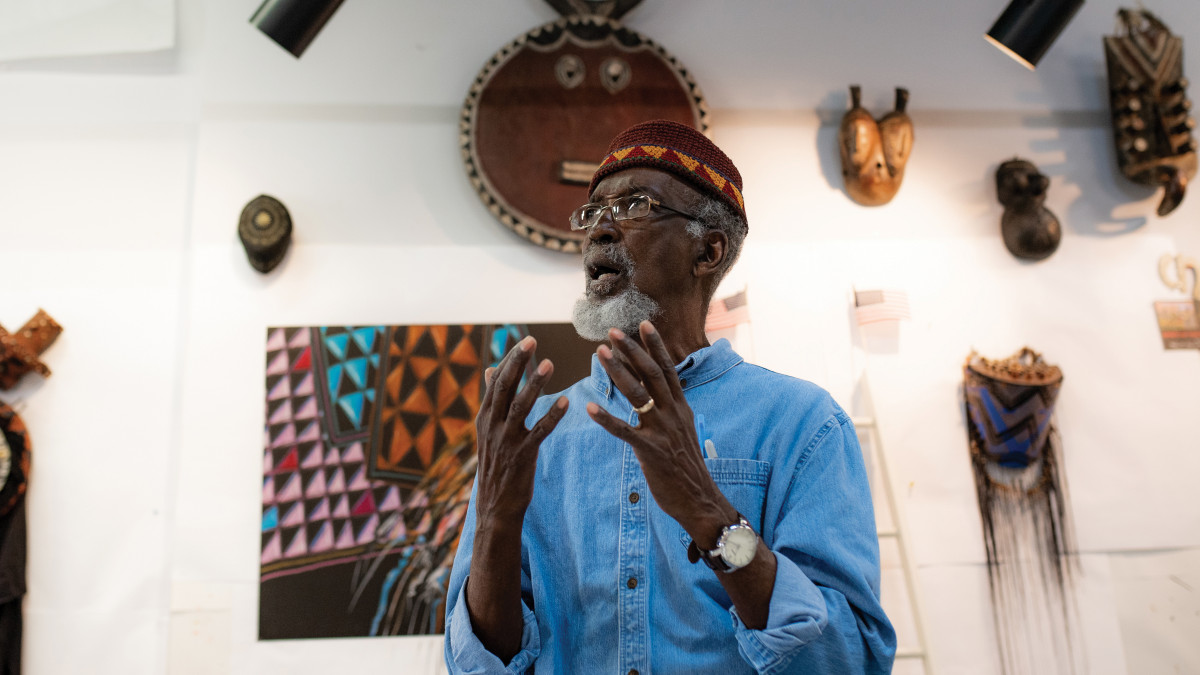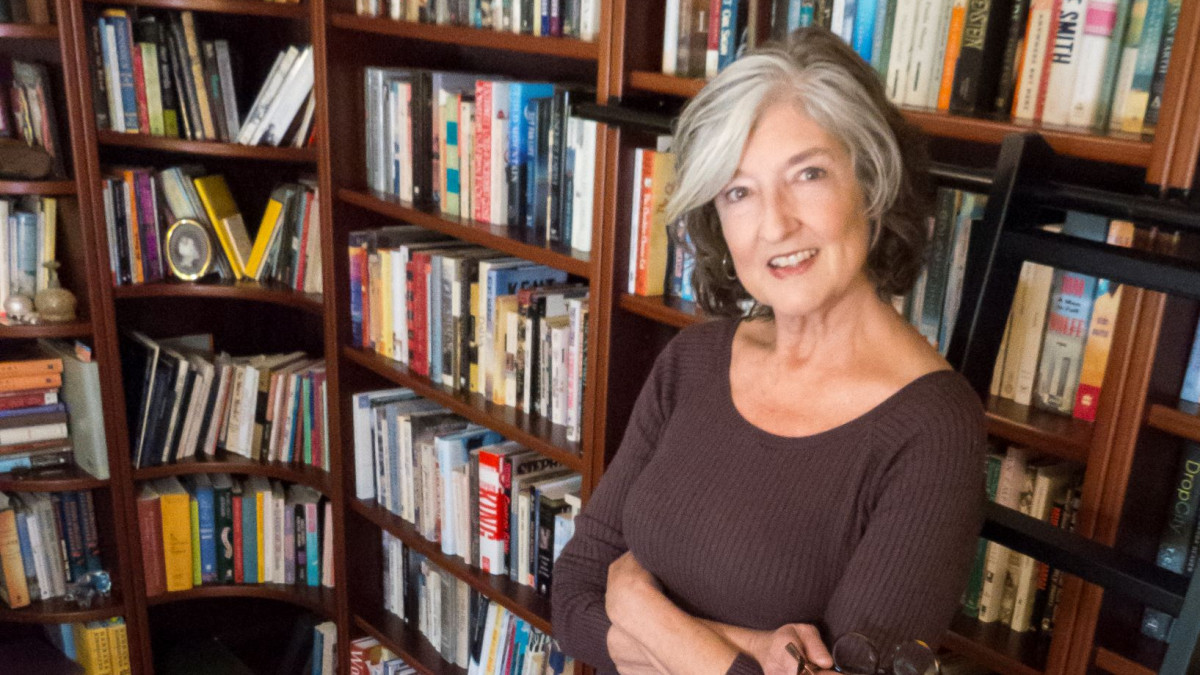Your heart beats faster; your palms sweat. You get butterflies in your stomach. And you’re smiling a lot.
You’re in love.
 So how do you communicate your feelings to the object of your desire? Jen Adams, associate professor of communication and theatre, has some thoughts on that.
So how do you communicate your feelings to the object of your desire? Jen Adams, associate professor of communication and theatre, has some thoughts on that.
For her doctoral dissertation, Adams studied 400 love letters she found in the attic of the Victorian home she was renting. The deceased owners had written them to each other in the 1930s.
“They wrote every day, and their relationship is detailed in these letters,” Adams said. “I was able to study the progression of how their relationship developed, which was historical and very romantic.”
Adams did not publish her work immediately, thinking the letters too personal. But after her DePauw students persuaded her to search for the couple’s children, Adams found their daughter, who was thrilled to learn of the letters and who gave her permission to publish them in a book.
Here’s what Adams saw demonstrated in the letters:
BE AUTHENTIC: “You should try to be as authentic in representing yourself and your feelings as you possibly can,” she said. “We are not all poets, nor can we write Shakespearean prose, and that’s probably not what our loved one wants to hear anyway. They want to hear our voice.”
REFLECT SIGNIFICANT MOMENTS TOGETHER: Adams suggested writing about anything that relates to your past together. “I think it is a useful way of communicating the love and importance of that person,” she said.
ADDRESS THE FUTURE: “If it’s a true love letter, you want to encourage them to also think about your future together. It doesn’t have to be, ‘Let’s get married,’ but, ‘I hope we can continue to have these shared moments.’”
WRITE BY HAND: It takes effort and time, but do it anyway, she said. “I imagine that, for some people, that might be frustrating, but I also think that it’s a really valuable exercise,” she said. “ … Most of us aren’t used to it, so we have to slow down.” That doesn’t mean the letter will automatically be more thoughtful, but it allows time for reflection.
CREATE ATMOSPHERE: Use language to create an atmosphere for your loved one to read the letter. “That’s something that my letter writers did all the time,” Adams said. “They would share, ‘when I got your letter, I sat down in my bedroom, dimmed the lights and read it.’”
DePauw Magazine
Spring 2021
 Leaders the World Needs
Leaders the World Needs First Person by Nate Spangle ’19
First Person by Nate Spangle ’19  The Bo(u)lder Question
The Bo(u)lder Question  How to reckon with the past
How to reckon with the past How to die peacefully
How to die peacefully How to be creative in a crisis
How to be creative in a crisis How to do well by doing good
How to do well by doing good How to argue before the Supreme Court
How to argue before the Supreme Court How to run for your life
How to run for your life How to write a love letter
How to write a love letter How to create art
How to create art How to find Jimmy Hoffa
How to find Jimmy Hoffa How to break into TV
How to break into TV How to be happy
How to be happy  DePauw Magazine: The How-To Issue
DePauw Magazine: The How-To Issue Town-gown: How to find common ground on common ground
Town-gown: How to find common ground on common ground How to write a bestseller
How to write a bestseller How to save a life
How to save a life
DePauw Stories
A GATHERING PLACE FOR STORYTELLING ABOUT DEPAUW UNIVERSITY
Browse other stories
-
Athletics
-
Football - DePauw-Record 190 Student-Athletes Named to NCAC's Dr. Gordon Collins Scholar-Athlete Honor Roll
-
Football - 336 Students Named to 2025 Spring Tiger Pride Honor Roll
-
Football - DePauw Unveils 2025 Athletics Hall of Fame Class
More Athletics
-
-
News
-
Outstanding scholars named to Spring 2025 Dean's List
-
Alumni News Roundup - June 6, 2025
-
Transition and Transformation: Inside the First-Year Experience
More News
-
-
People & Profiles
-
11 alums make list of influential Hoosiers
-
DePauw welcomes Dr. Manal Shalaby as Fulbright Scholar-in-Residence
-
DePauw Names New Vice President for Communications and Strategy and Chief of Staff
More People & Profiles
-
-
Have a story idea?
Whether we are writing about the intellectual challenge of our classrooms, a campus life that builds leadership, incredible faculty achievements or the seemingly endless stories of alumni success, we think DePauw has some fun stories to tell.
-
Communications & Marketing
101 E. Seminary St.
Greencastle, IN, 46135-0037
communicate@depauw.eduNews and Media
-
News media: For help with a story, contact:
Bob Weaver, Senior Director of Communications.
bobweaver@depauw.edu.